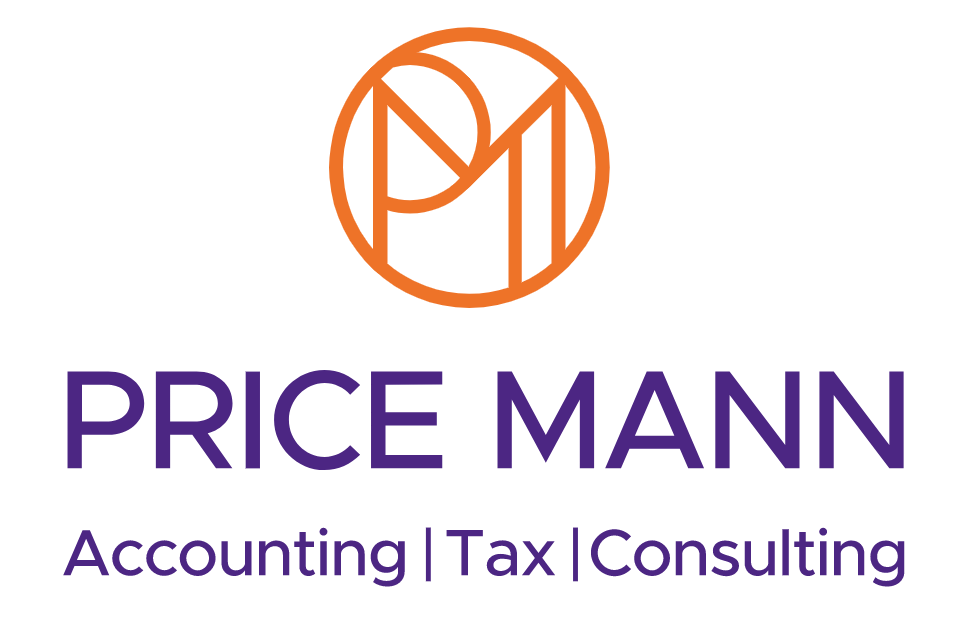Opt-in to VAT deferral new payment scheme by 31 March 2021
Businesses that deferred paying VAT between 20 March 2020 and 30 June 2020 do not need to pay the full amounts by the end of this month.
VAT-registered firms were not required to make VAT payments during this deferral period, and initially had until 31 March 2021 to pay any liabilities.
However, the Government’s winter economy plan offered these firms a chance to pay in small instalments over a longer period.
Instead of paying the full amount by the end of the month, VAT-registered firms can make up to 11 smaller interest-free payments until 31 March 2022.
Business groups welcomed this extra time to pay deferred VAT bills and said the move should ease the pressure on cashflow.
To spread these, a direct debit needs to be set up as part of a digital opt-in process to the VAT deferral new payment scheme.
To use the scheme, a business must have deferred VAT to pay, be up-to-date with their returns and be in a position to pay the first instalment.
Assuming they meet those criteria, they must complete the opt-in process through the Government Gateway before the end of this month.
If businesses can afford to pay their deferred VAT bill, they should still do so by 31 March 2021.
Alternatively, they can contact HMRC’s time-to-pay service if more help is needed to repay any deferred VAT from last year.
Personal allowance and higher-rate threshold to increase 0.5%
A 0.5% increase to the personal allowance and higher-rate of income tax will be in place from 6 April 2021, according to the Treasury.
Both thresholds will increase in line with the Consumer Prices Index (CPI) rate of inflation figure for September 2020, which was 0.5%.
This means the personal allowance will increase from £12,500 to £12,570 and be in effect throughout the UK for 2021/22.
In every UK country except for Scotland, the basic-rate will kick in above £12,570 and apply on income of up to £50,270.
The higher-rate of income tax (40%) will kick in on any slice of income in 2021/22 exceeding £50,270 up to £150,000.
The additional rate (45%) and £150,000 threshold remains unchanged for the eighth consecutive year, going back to the 2013/14 tax year.
The Treasury also confirmed the September 2020 CPI rate of inflation figure will be used to increase the 2021/22 National Insurance limits and thresholds.
Jesse Norman, financial secretary at the Treasury, said: “The Government will use the September CPI figure (0.5%) as the basis for setting all National Insurance limits and thresholds, and the rates of class 2 and class 3 National Insurance contributions, for 2021/22.”
Norman confirmed this in a recent statement to the House of Commons after last autumn’s budget was postponed.
Changes to prompt-payment code aim to end late payments
Thousands of small businesses that face severe cashflow problems due to late payments stand to benefit from changes to the prompt-payment code.
The Government has strengthened the prompt-payment code so that 95% of invoices from smaller suppliers must be paid within 30 days from 1 July 2021.
This has been halved from the current 60 days, although this remains the target to pay invoices from larger suppliers – defined as those with 50 or more employees. Directors, finance officers and chief executives will also need to personally sign the code to ensure they are accountable for making prompt payments.
Around 3,000 companies have signed up to the voluntary code, but more than £23.4 billion-worth of late payments are owed to smaller businesses in the UK.
Paul Scully, small business minister, said: “We are relieving some of the pressure on small business owners by introducing significant reforms to the UK payments regime — pushing big businesses to pay their suppliers on time.”
Late payments are nothing new for smaller businesses, but the COVID-19 pandemic and various lockdown restrictions have exacerbated the situation for many.
Mike Cherry, chair at the Federation of Small Businesses, said: “Sadly, some unscrupulous corporations are trying to inoculate themselves from the impacts of COVID-19 by withholding payments, or even freezing them at the expense of small firms. Cash is still very much king for small firms, and withholding it has pushed many to the brink at a time when they’re at their most vulnerable. If the small firms that make up 99% of our business community are to play the fundamental role in ending this recession, this behaviour must stop. Ending our pernicious poor payment culture for good over the coming months will be fundamental to turning our hopes of economic recovery into reality.”
Record number miss filing self-assessment by the deadline due to COVID-19
Around 1.8 million taxpayers missed the 2019/20 deadline for self-assessment on 31 January 2021, according to figures published by HMRC.
The tax authority revealed 1,790,368 people failed to beat the midnight deadline, almost double last year’s total of 958,296.
HMRC attributed the spike in the number of personal taxpayers missing this year’s midnight deadline – about 15% of the 12.14m returns due – to the impact of COVID-19.
Karl Khan, interim director-general for customer services at HMRC, said officials knew that “many individuals and small firms found it harder to pay this year due to the pandemic”.
Unlike in previous years, HMRC waived the automatic £100 penalty on late tax returns until 28 February 2021.
However, 2.6% annual interest on those late payments kicked in from 1 February 2021.
Jim Harra, chief executive at HMRC, added: “Not charging late-filing penalties for late online tax returns submitted in February gave the breathing space required to complete and file tax returns, without customers worrying about receiving a penalty. We reasonably assumed most of these people had a valid reason for filing late, caused by the pandemic.”
HMRC had urged non-filers to pay any tax owed, or an estimated amount of tax, for 2019/20 by 31 January 2021 to minimise any interest and penalties. The time-to-pay service enables taxpayers to arrange payment plans, spreading the cost of paying their 2019/20 tax bill in up to 12 monthly instalments.
However, the tax authority said these payment plans need to be set up before 1 April 2021 to avoid a 5% late-payment penalty. Payment plans arranged after this date will incur this penalty as well as accruing interest.
Exactly 10,743,387 people filed their 2019/20 self-assessment tax returns on time – down from a record high of 11,122,967 submissions last year.













